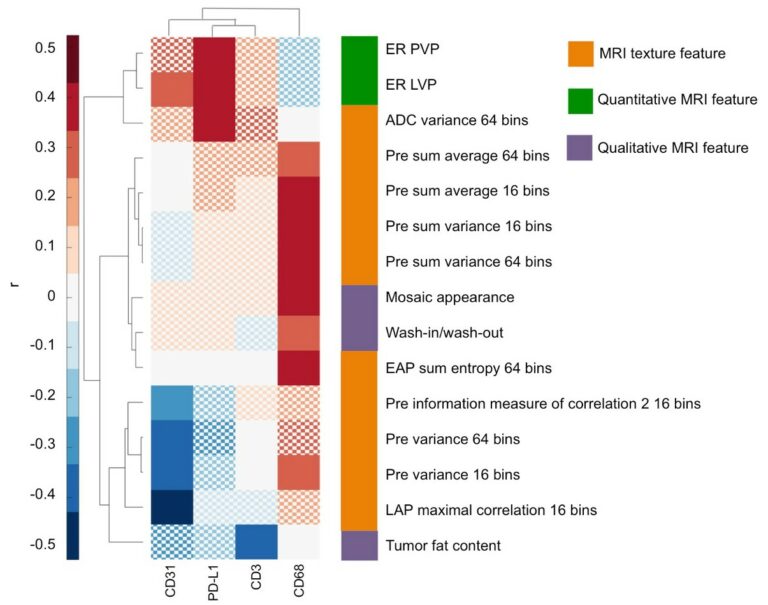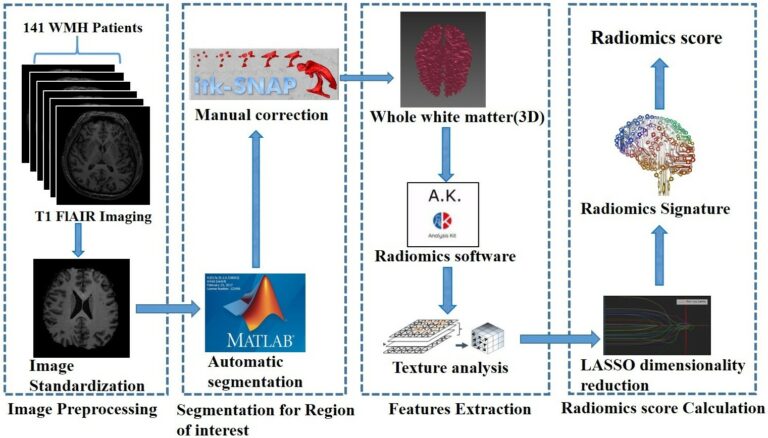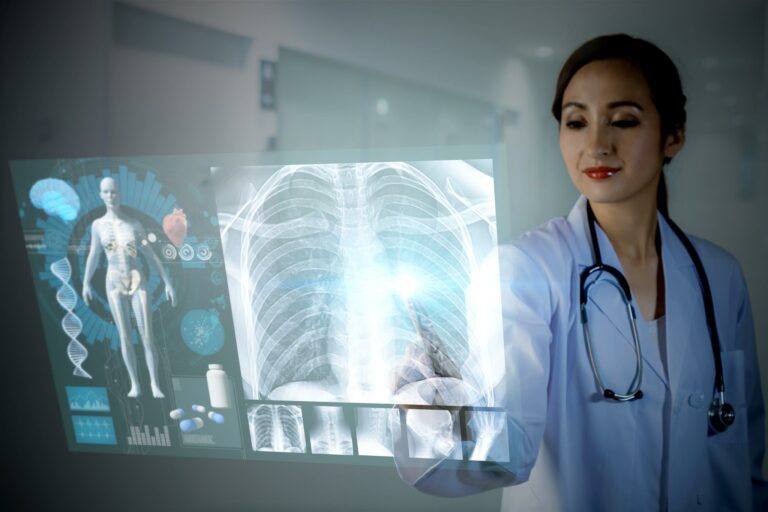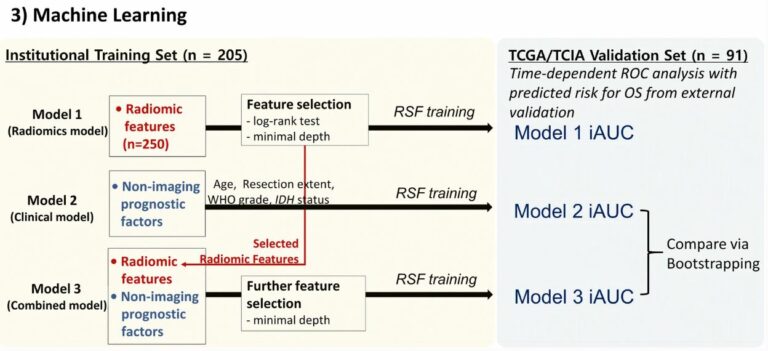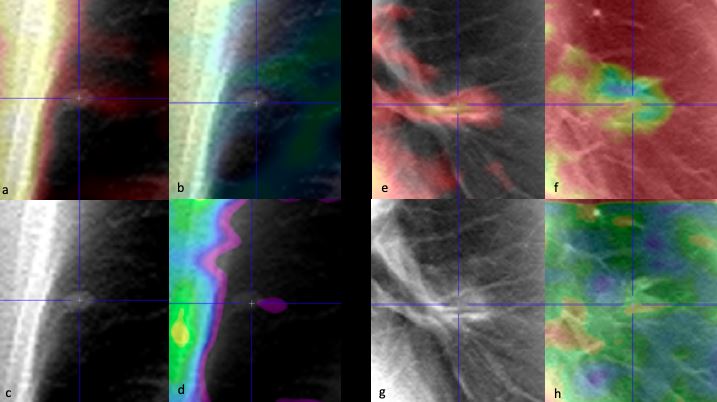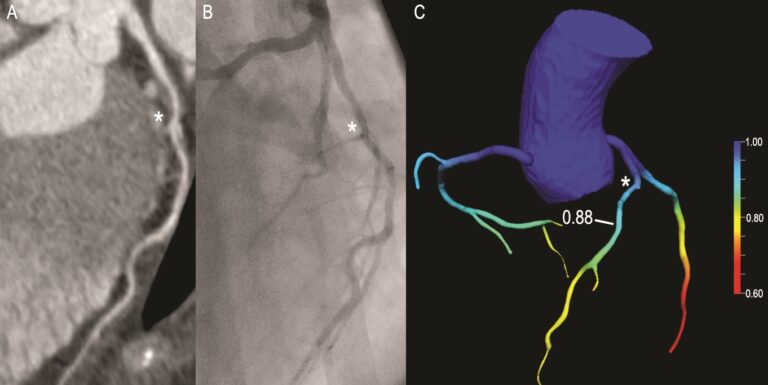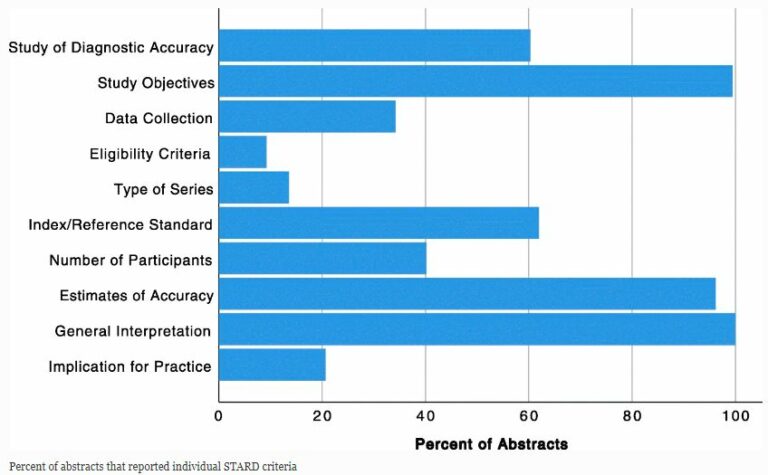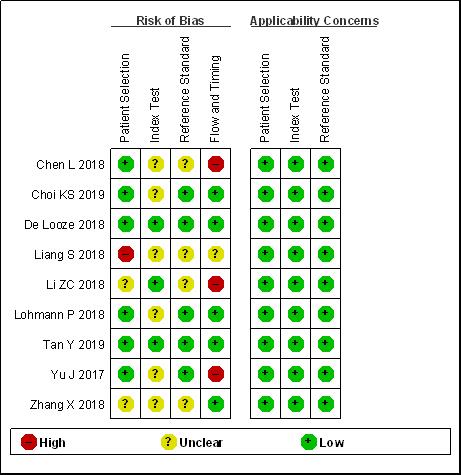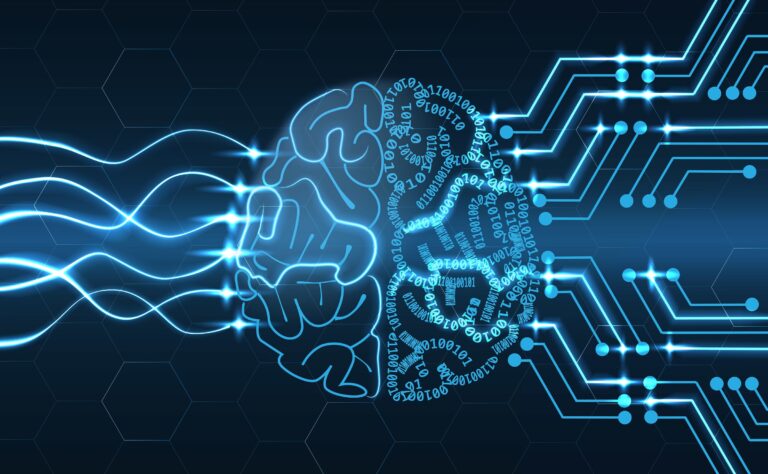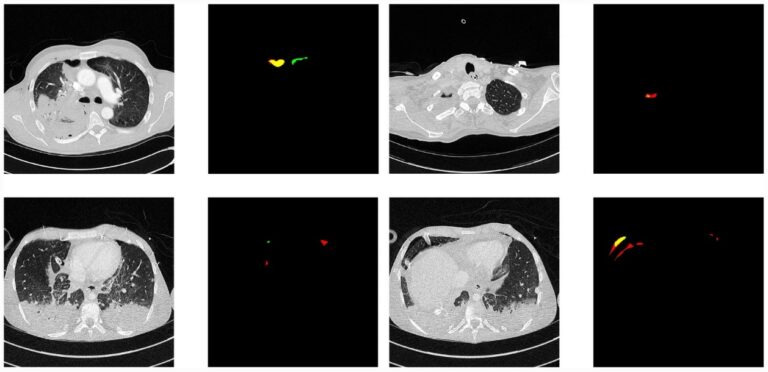
Deep learning detection and quantification of pneumothorax in heterogeneous routine chest computed tomography
In this study, the authors proposed a deep learning method for the detection and quantification of pneumothorax in heterogeneous routine clinical data, which may facilitate the automated triage of urgent examinations and enable support in the treatment decision. Key points Pneumothorax is an important pathology to be included in applications that are designed to triage urgent imaging examinations. Heterogeneity in










